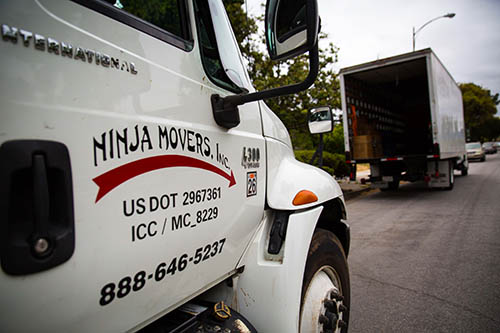Double Drive Time Explained

Over the last few weeks, a few customers have questioned the fact that their moving bill contains a line item called “double drive time.” We can’t blame people for questioning it. The term kind of sounds weird, like you’re paying the movers to drive back home.
What most customers don’t know, though, is that double drive time is California law and it saves customers money.
Who regulates movers in California?
Some states are still like the Wild West for movers, but California is not one of those states. Moving companies are strictly regulated by the Bureau of Household Goods and Services.
What is double drive time?
Each mover in California has to register their pricing structure (a.k.a., tariff) with the Bureau of Household Goods and Services. For local moves, most movers charge by the hour, based on the number of movers and the number of trucks. Movers also charge for packing, based on the type of box and time.
There is one other line item, though, and that’s double drive time. The State of California enacted the tariff item as a way to protect customers moving less than 100 miles from origin to destination. Instead of taking the movers’ word about how much time it took to drive back to their warehouse, movers can only charge for the amount of time it took them to get from your old place to your new place, and then back again. That, in a nutshell, is double drive time.
If your move requires more than one trip (it happens on occasion), you’ll only pay double drive time once and the actual amount of time it takes to get to and from for each additional trip.
If the move is a bit more than a local move, such as from San Francisco to Los Angeles, movers might charge by mileage and volume or weight.